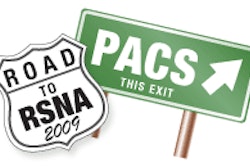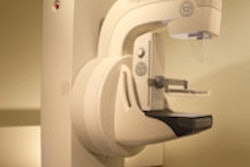Tuesday, December 1 | 11:30 a.m.-11:40 a.m. | SSG10-07 | Room S402AB
In this Tuesday morning scientific session presentation, researchers from Stanford University in Stanford, CA, will discuss a plug-in for the open-source OsiriX image viewer that allows radiologists to create standardized annotations on radiology images.The open-source tool, called iPad, was developed to enable radiologists to access the quantitative information in image annotations, allowing for applications such as cancer lesion tracking to automate Response Evaluation Criteria in Solid Tumors (RECIST) scoring, evaluating treatment response, PACS image mining, and detecting changes in quantitative image biomarkers, said Dr. Daniel Rubin, an assistant professor of radiology at Stanford.
iPad's interface allows users to describe imaging observations and characteristics in a structured manner, saving their annotations using the Annotation and Image Markup (AIM) standard developed by the U.S. National Cancer Institute's cancer Biomedical Informatics Grid (caBIG) project.
Rubin will highlight recent new capabilities for iPad during the presentation.




















